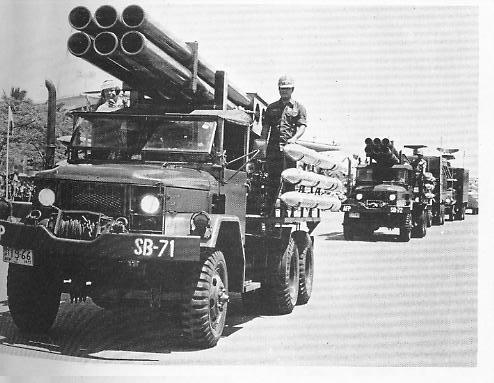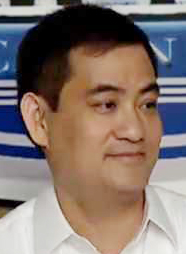“If it will be down to hand-to-hand combat, why not?â€
–AFP Chief of Staff Hermogenes Esperon, Jr. on the defense of the Kalayaan Island Group
Meaning no disrespect to the Filipino soldier, probably among the hardiest and fiercest warriors that any fighting force in the world can muster, but this will never happen.
We’re not even talking about the impossible logistics of arranging a brawl with Chinese soldiers on islands that are closer to being reefs than actual land masses. Just finding someone to referee it would be a pain, and then there’d be the question of rules: will it be a square-off between an equal number of combatants, a large-scale version of the classic high school 10 Seconds? Will punches to the face be allowed? What about low blows?
These are just details, and do not really matter in the face of the fact that we Filipinos do not have a warrior culture. Sure, we’re effective, even fearsome fighters judging from the abundance of Weapons of Moroland plaques and the variety of weapons our warriors have wielded from the kris to the kampilan to the korambit to the sansibar to the pillbox to the lead pipe.
The head hunters of the mountains to the North were feared by colonists and settlers. Our Sulu pirates terrorized shipping along the straits of Basilan for centuries. Our hot Malay blood is quick to anger and demand blood for the slightest, sometimes imagined, insult, but it is not in our genetic code to wish that the Emperor reign ten thousand years, and then charge pell-mell to certain death. It is not even in our genetic code to have an Emperor or any other infallible despot whose word is the law.
Decisive set-piece battles are not in the Filipino subconscious. When we say patay kung patay, we mean our willingness to kill, not to die. Aguinaldo went into talks with Spain barely a year into the 1896 Revolution, fleeing to Hong Kong when no decisive military solution seemed possible. He returned, of course, to wage war again and to carry the fight to our new masters, the Americans. He then surrendered again, as did every other revolutionary with the possible exception of Artemio Ricarte who refused to pledge allegiance to America.
The defense of the Philippines collapsed within five months despite the presence of the admittedly ill-equipped USAFFE. Soon after, a puppet government was formed and positions were filled by collaborators. Artemio Ricarte, our hero who refused to pledge to the American flag promptly bowed to the Japanese one, helping found the KALIBAPI, the Japanese-sponsored political party that remained unopposed throughout the war years. When the war ended, most collaborators were pardoned since they were badly needed to get our war-torn country running again. And why not? We are masters of the long view, after all.
The long view does not favor massive forces annihilating each other, does not see the quixotic and bloody defense of one’s homeland as a virtue. Massacres and burning down villages in long campaigns of attrition will do nobody any good. Much better to catipulate now, or pretend to, at any rate, and resort to guerilla everything later. Sure, we’ll sing our heavily-accented Star-Spangled Banner and bow to you all you want, but the moment you turn your back, we’ll raid your armories, attack you while you breakfast, ambush your supply trains, pee on your walls, spit in public, flood you with illegal immigrants, etc.
Some may refuse to surrender, swear death before dishonor, but there will always be someone higher up who, thinking in the long term, will willingly turn over our territory. In the interest of the people’s safety and for regional stability, no doubt. And this is why if push comes to shove, we’ll lose the Kalayaan Island Group. We do not have the hive-mind of our neighbors, the ethnocentric certainty that conquest is their right, the conviction that they would rather fall first before their country does.
Sure, we’ll fight for our country, but we won’t be able to defend it.


